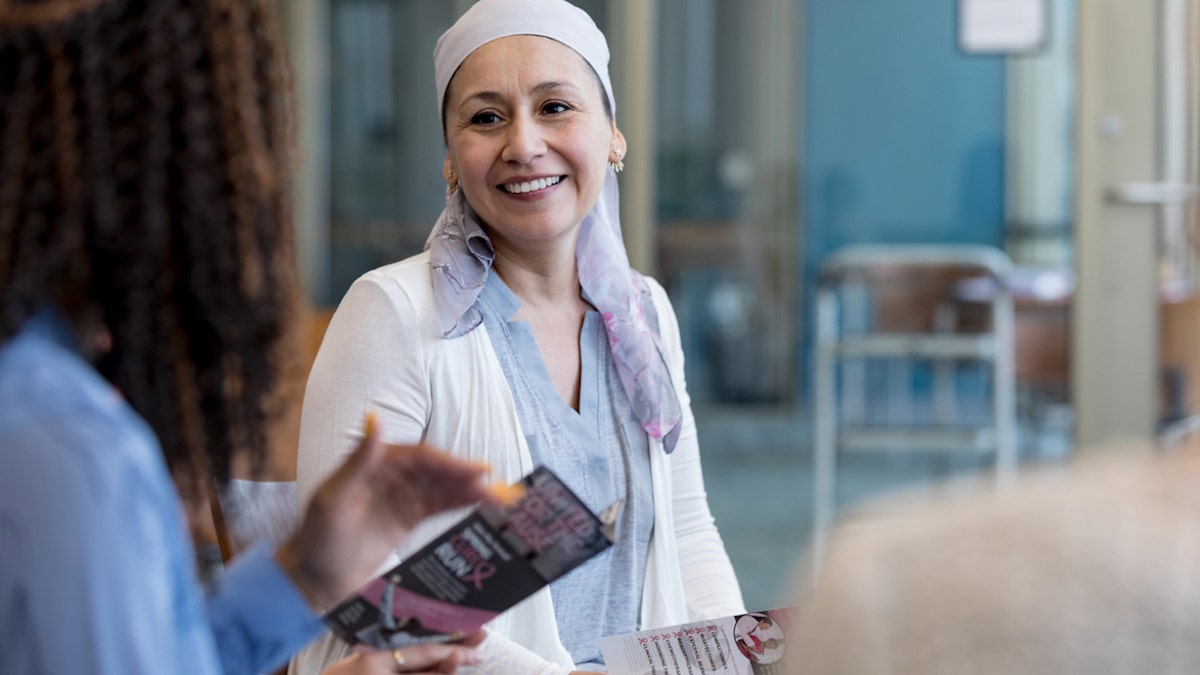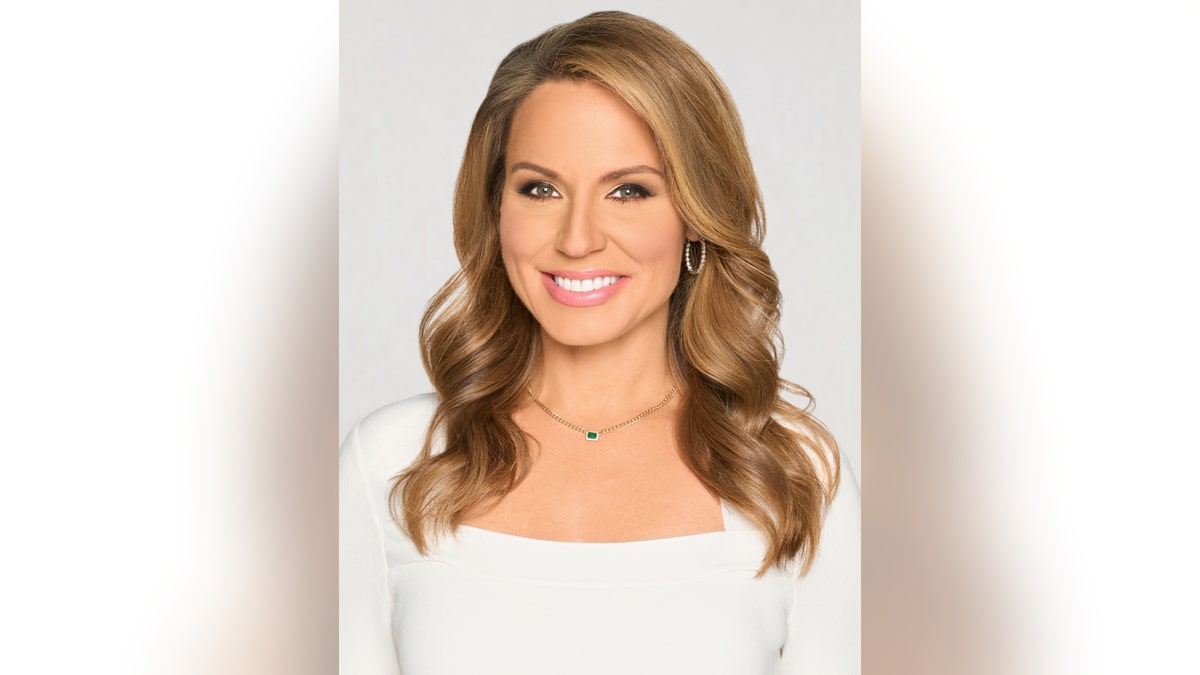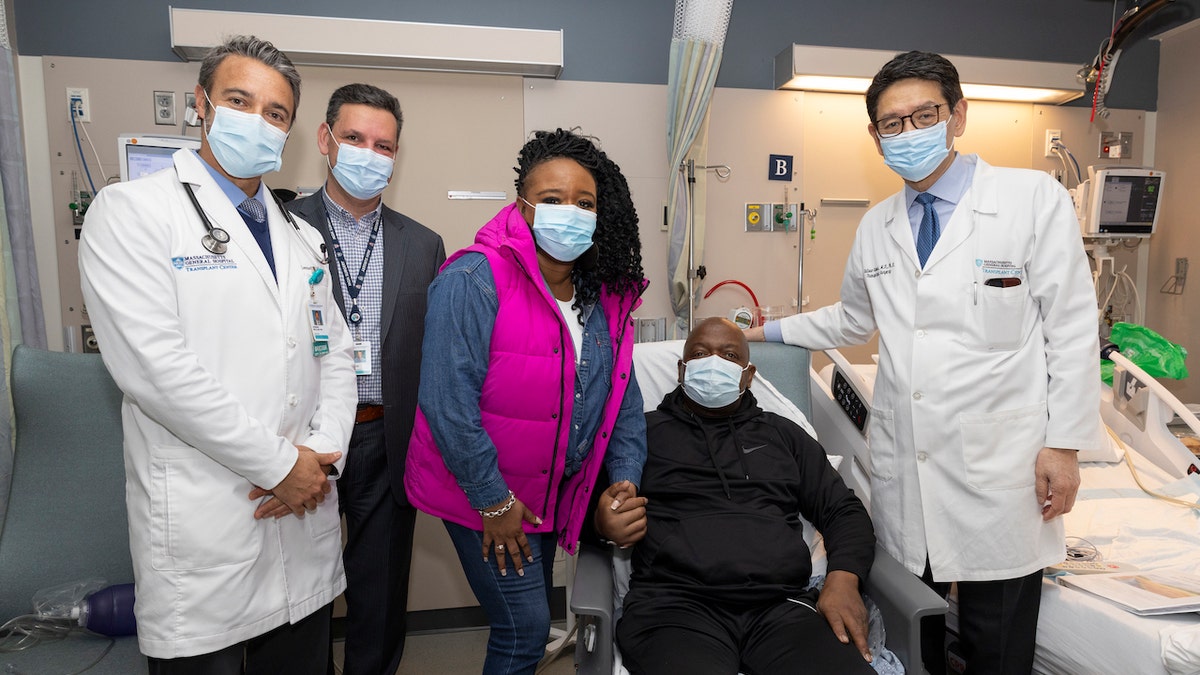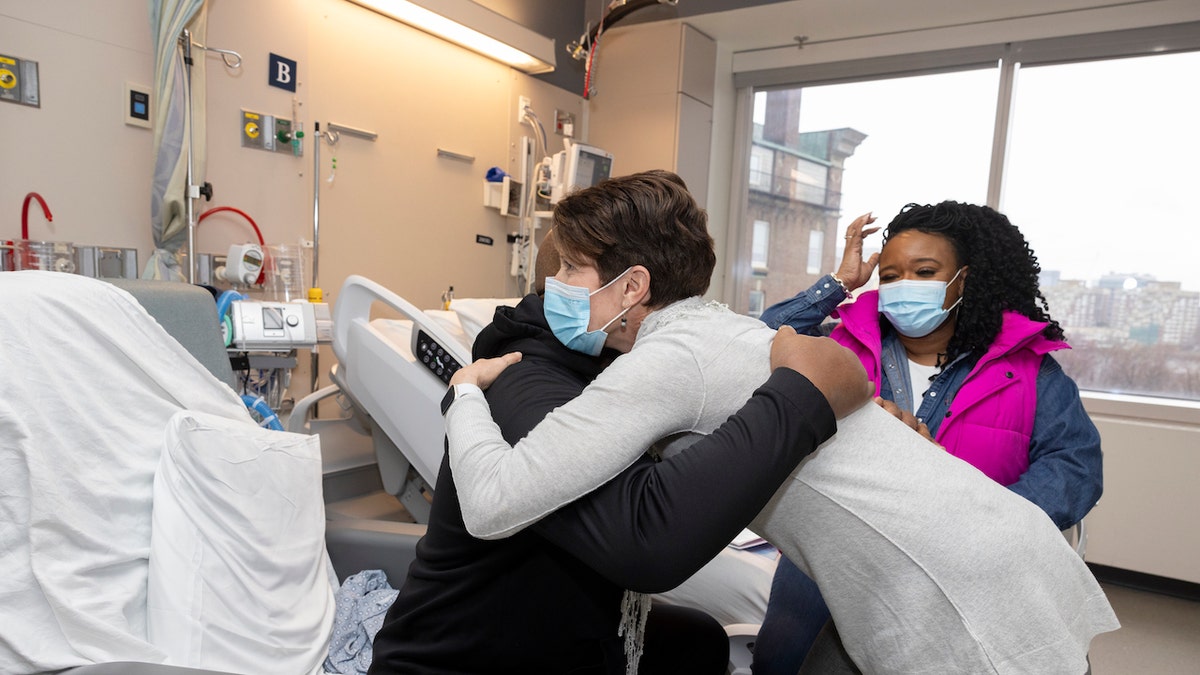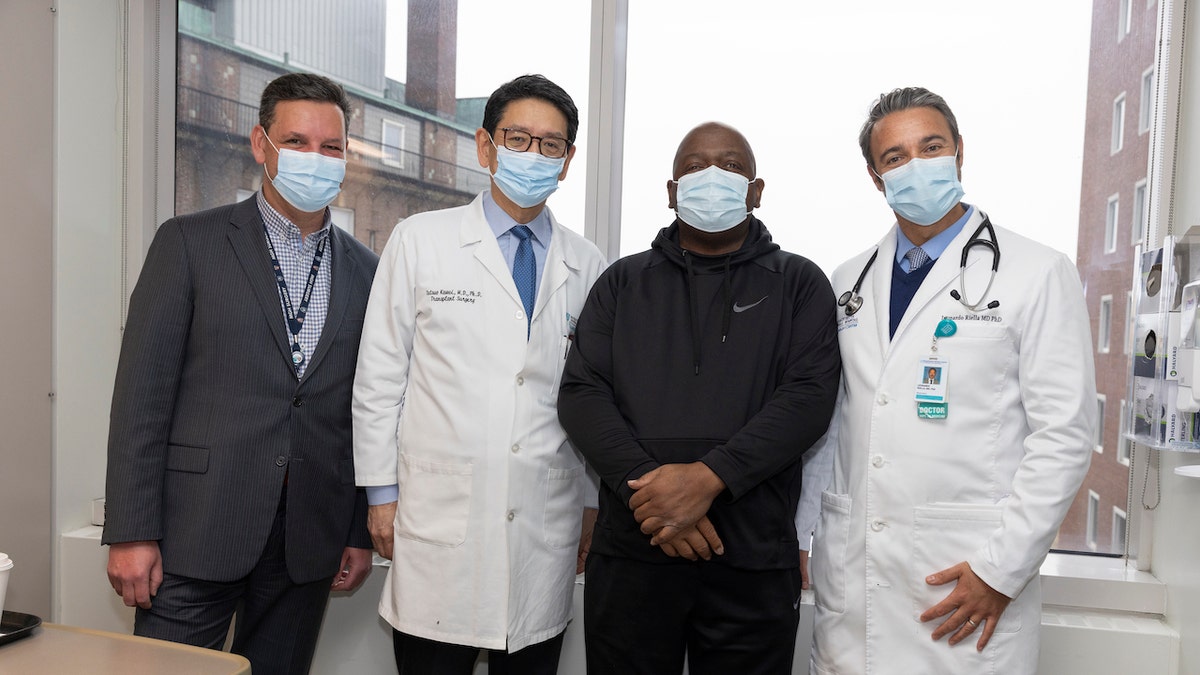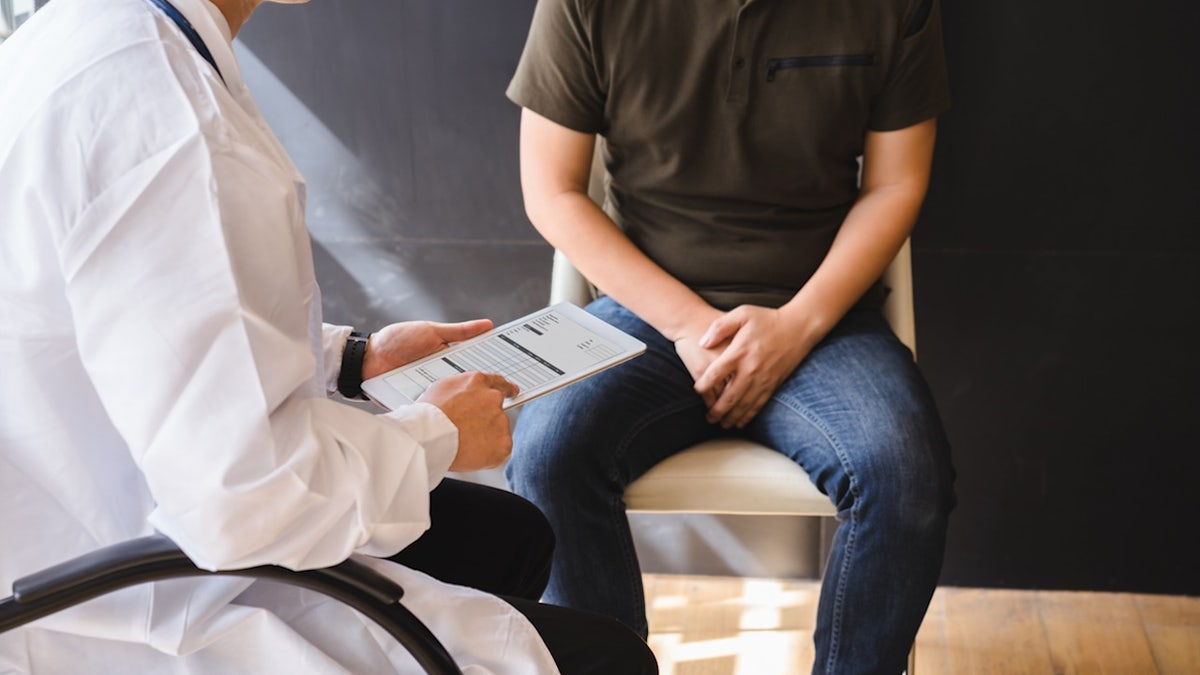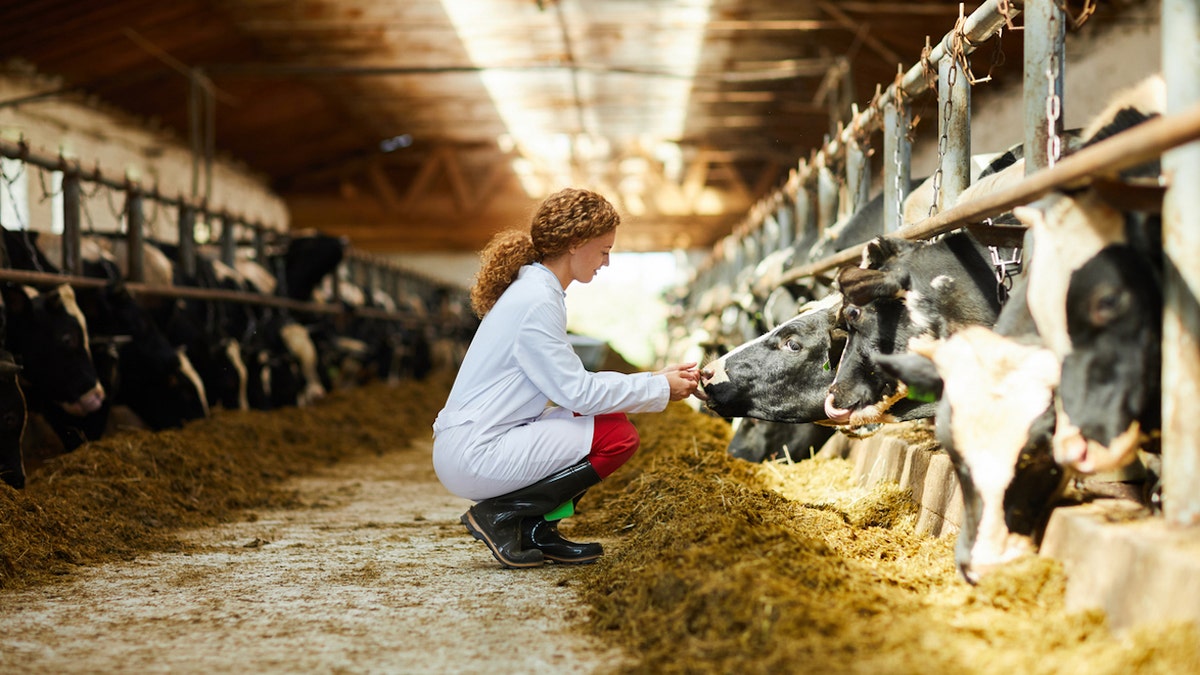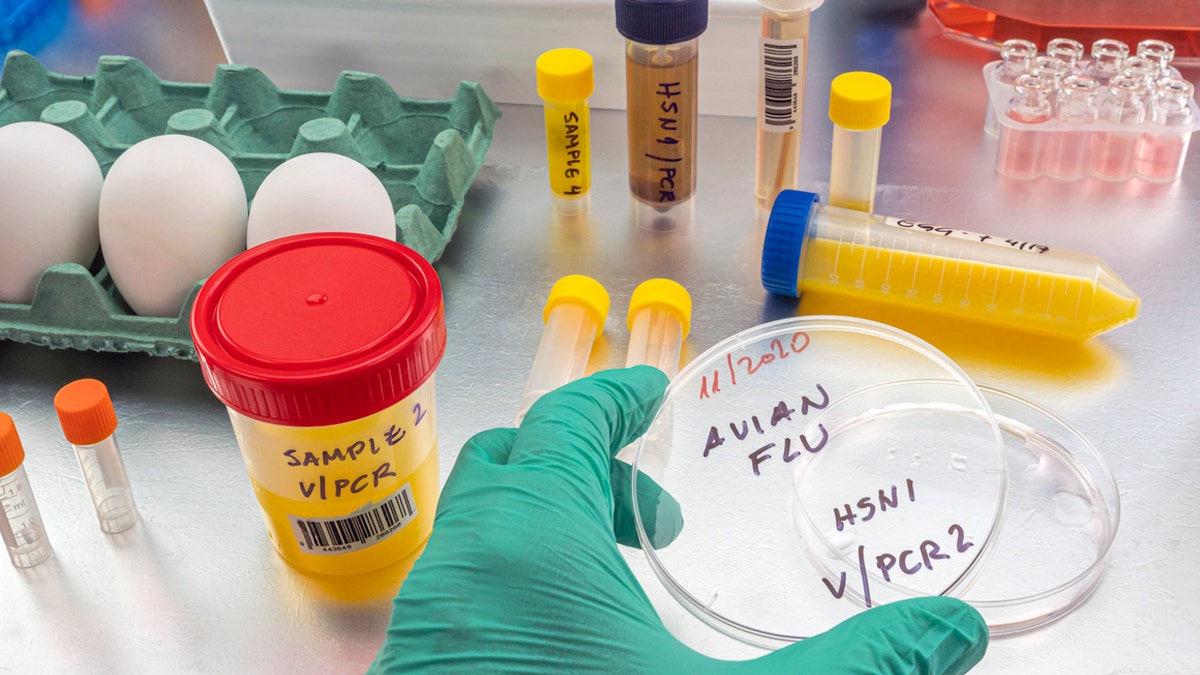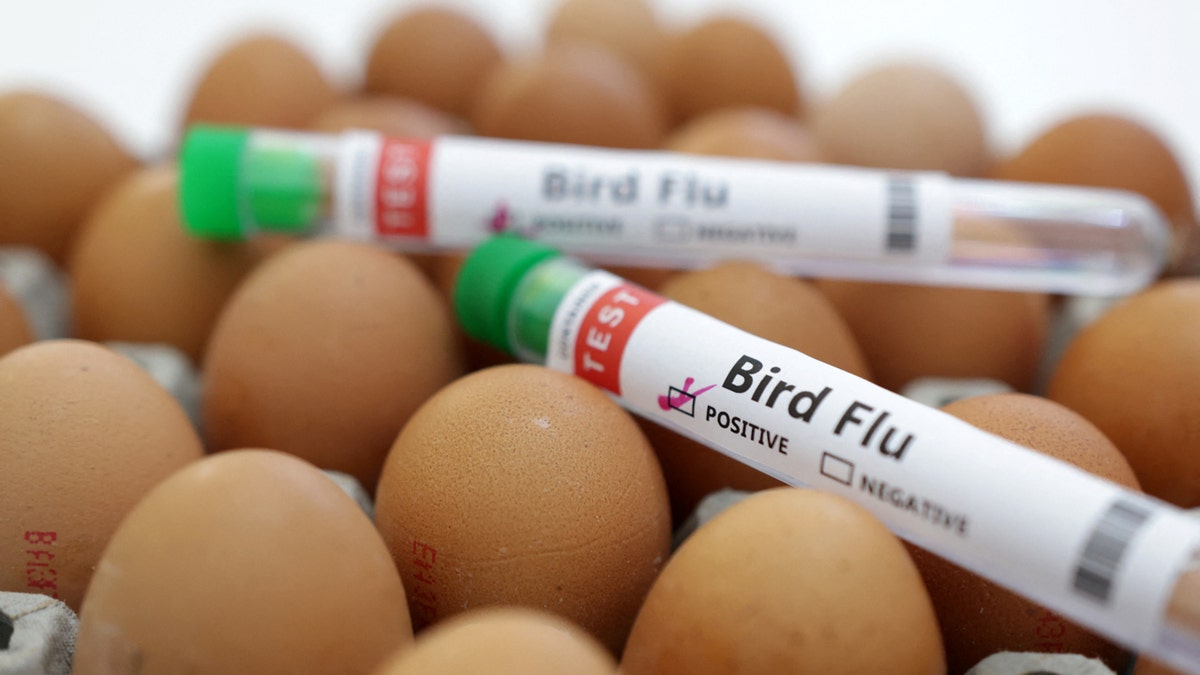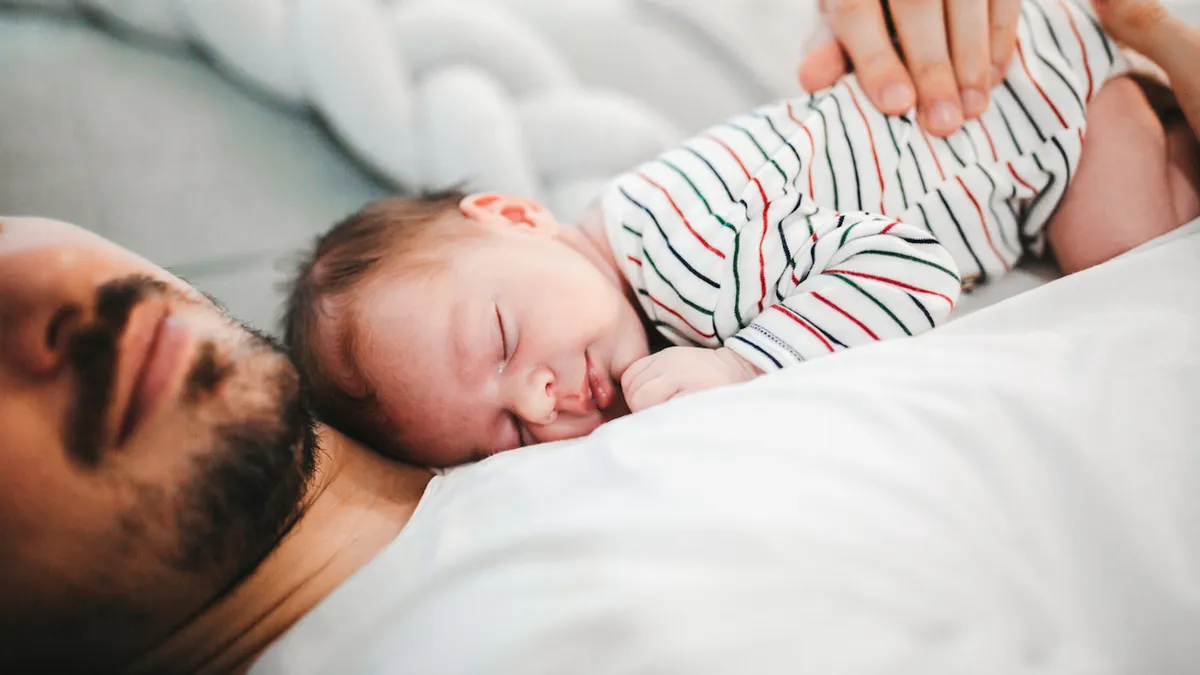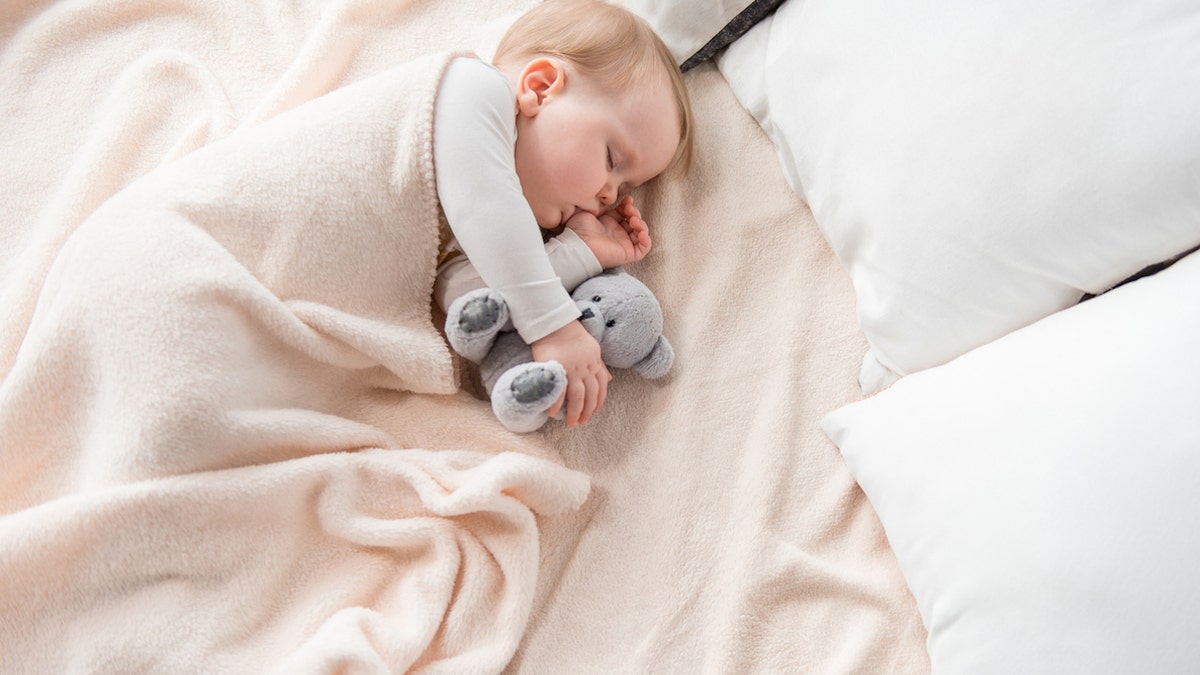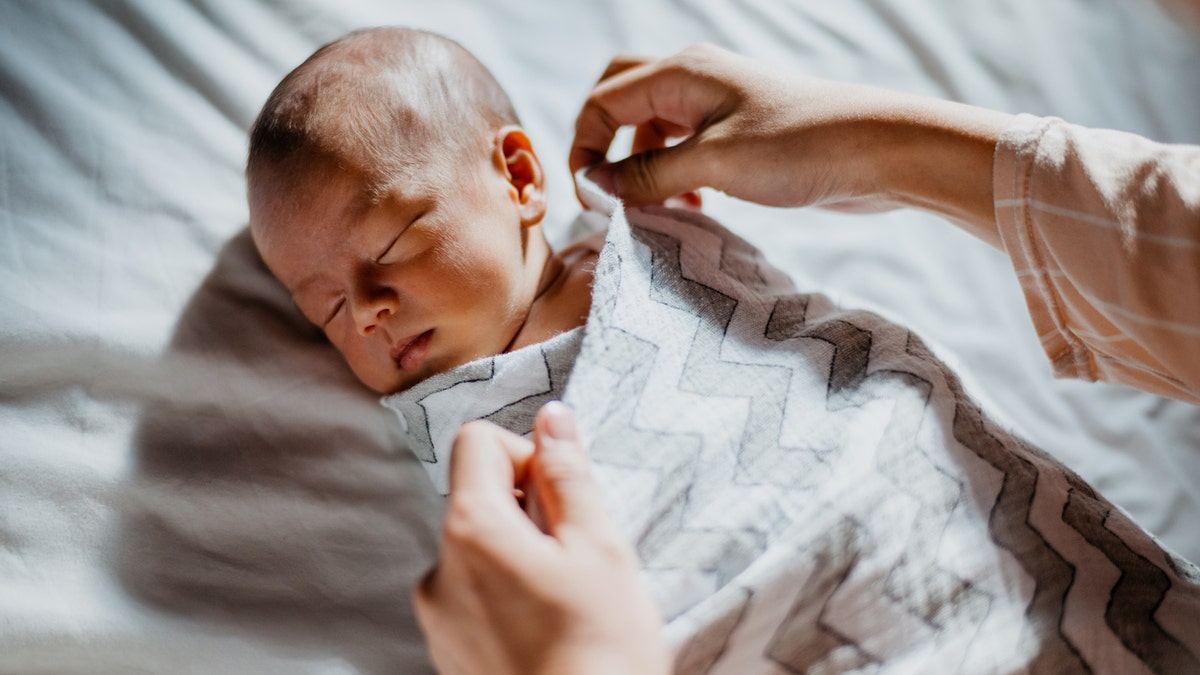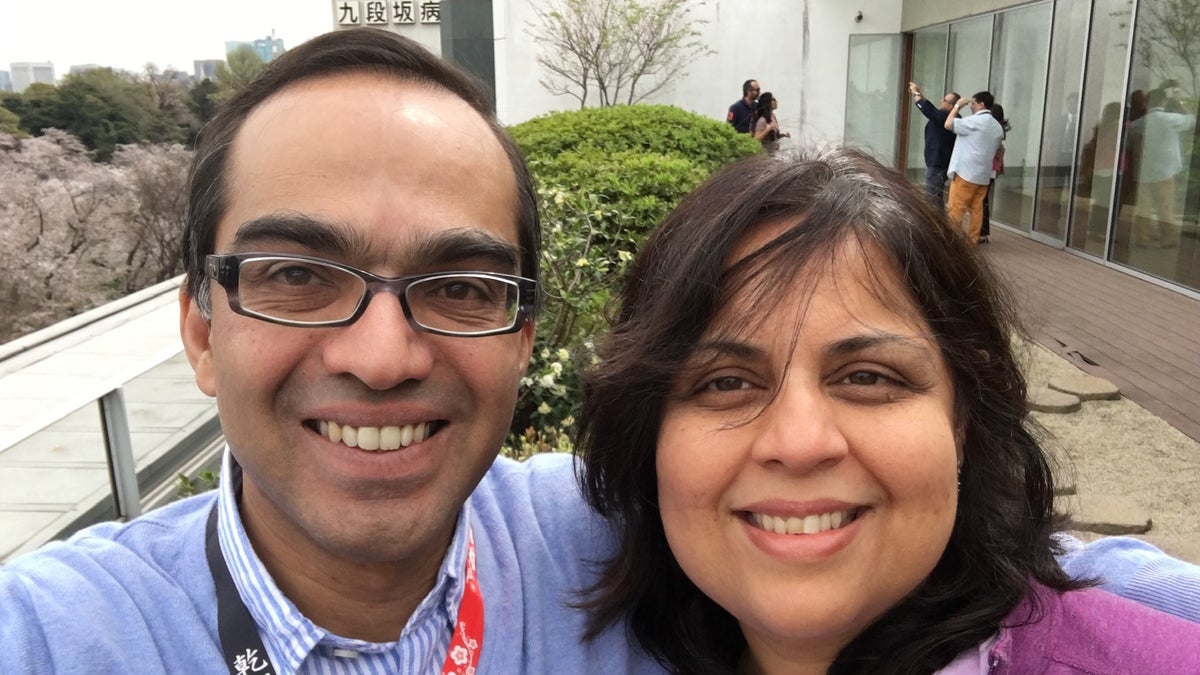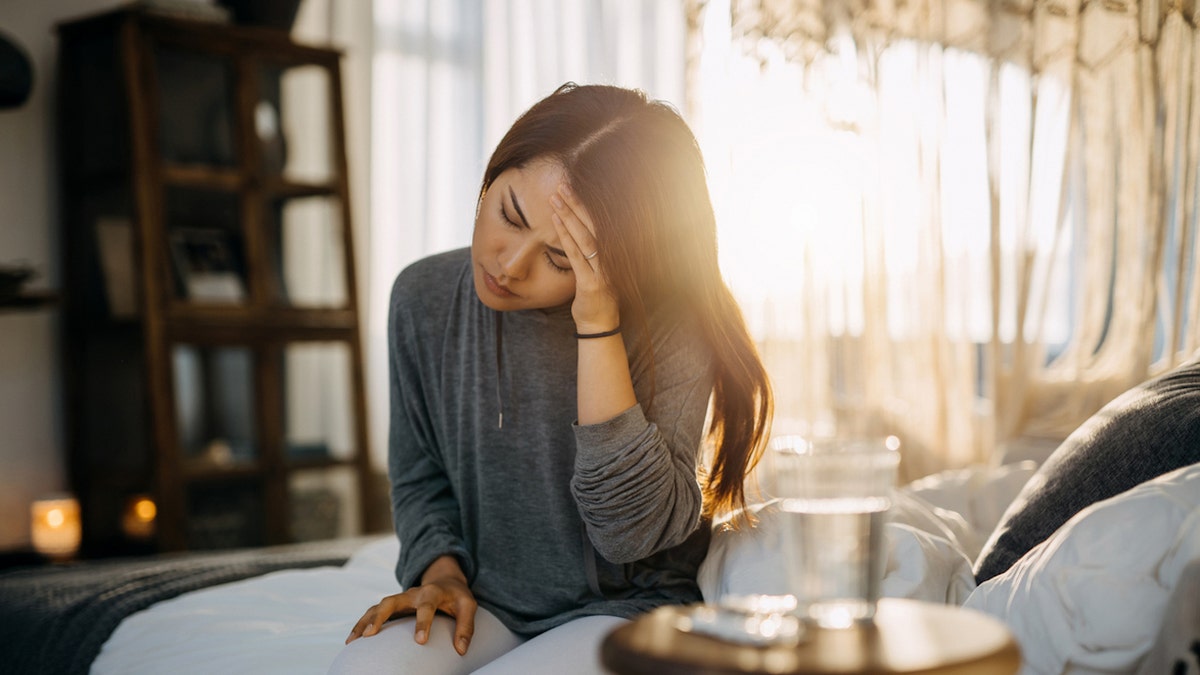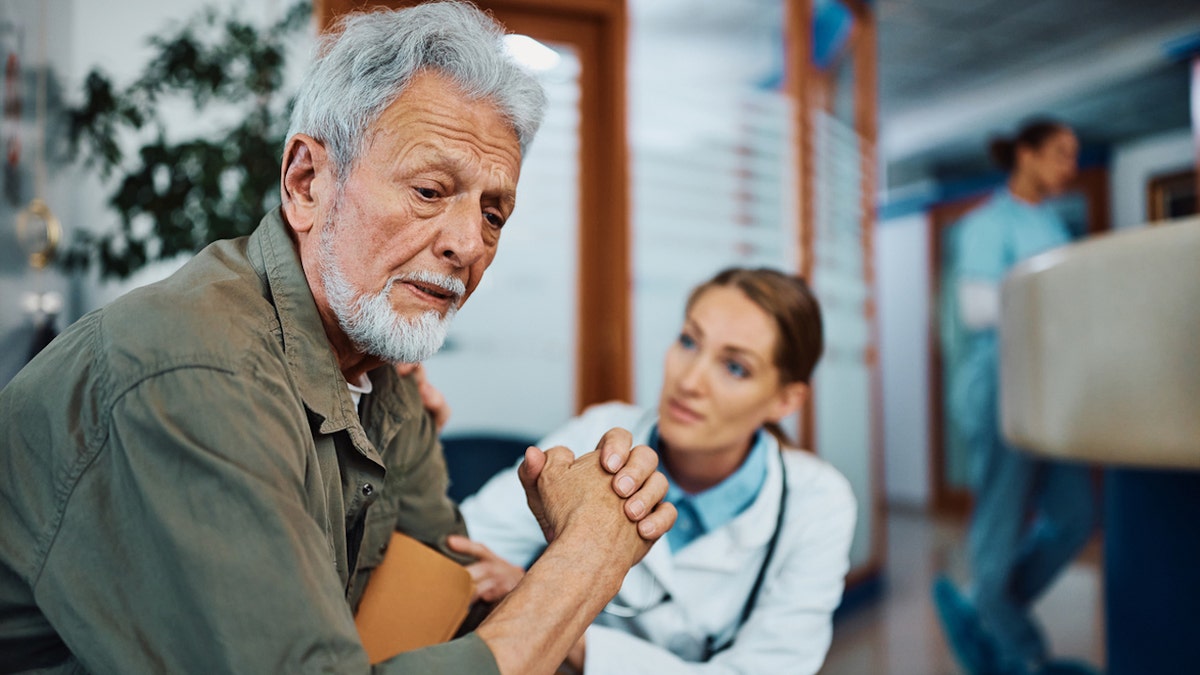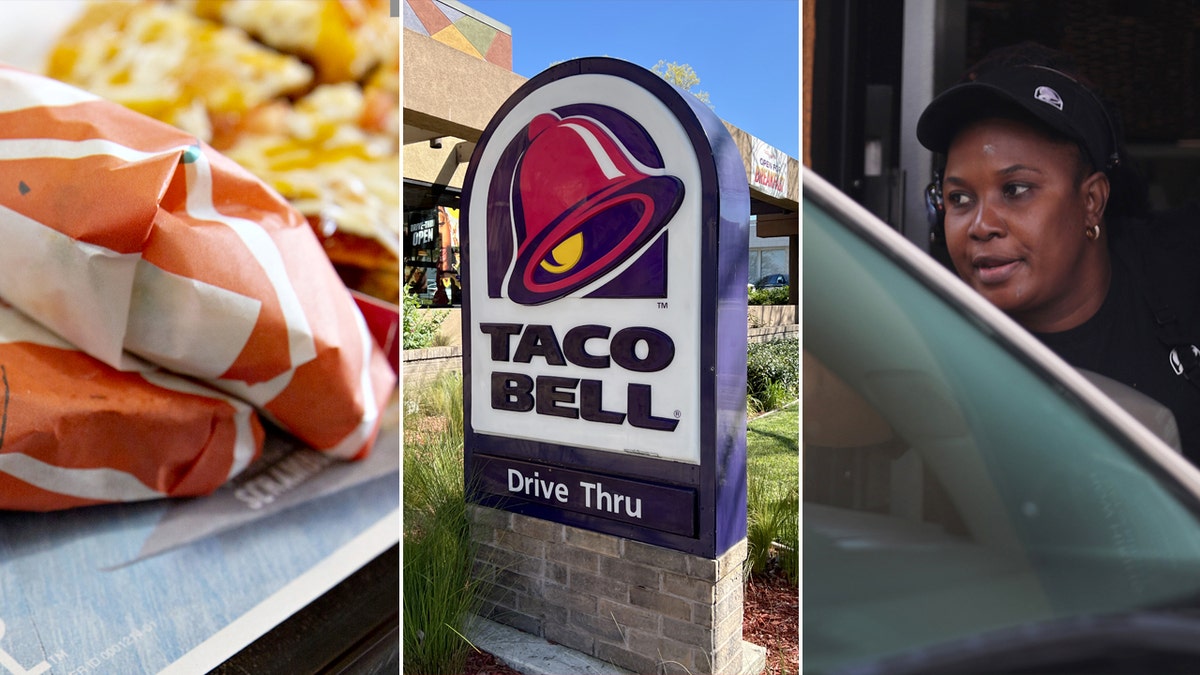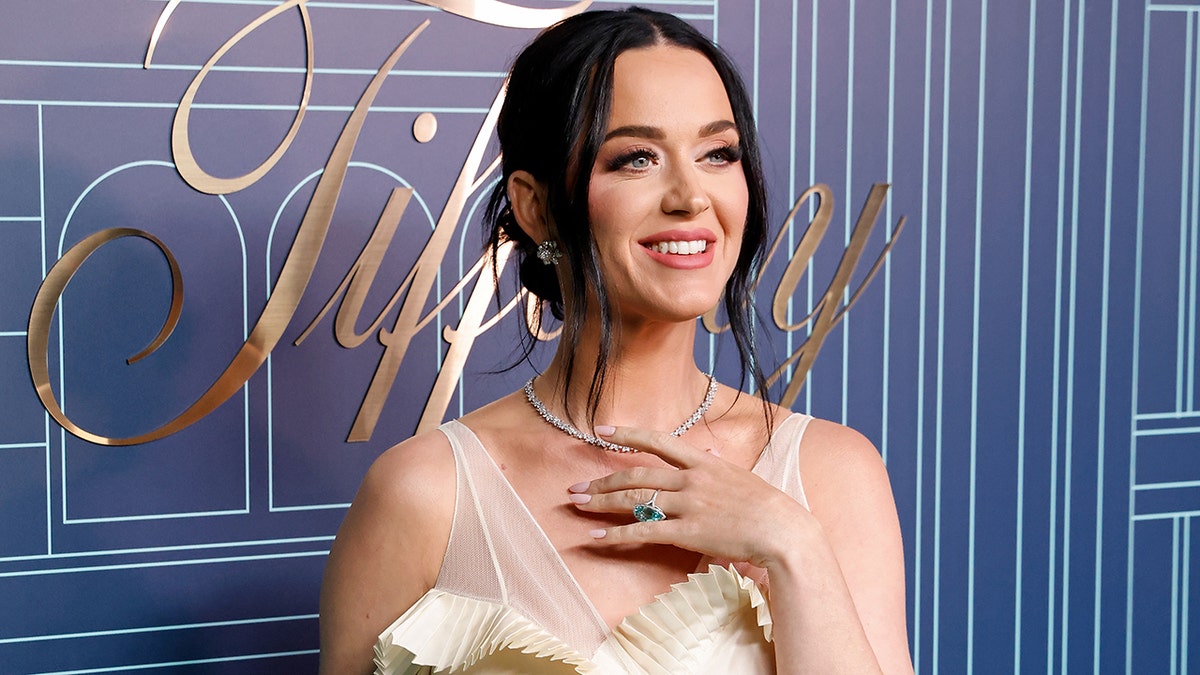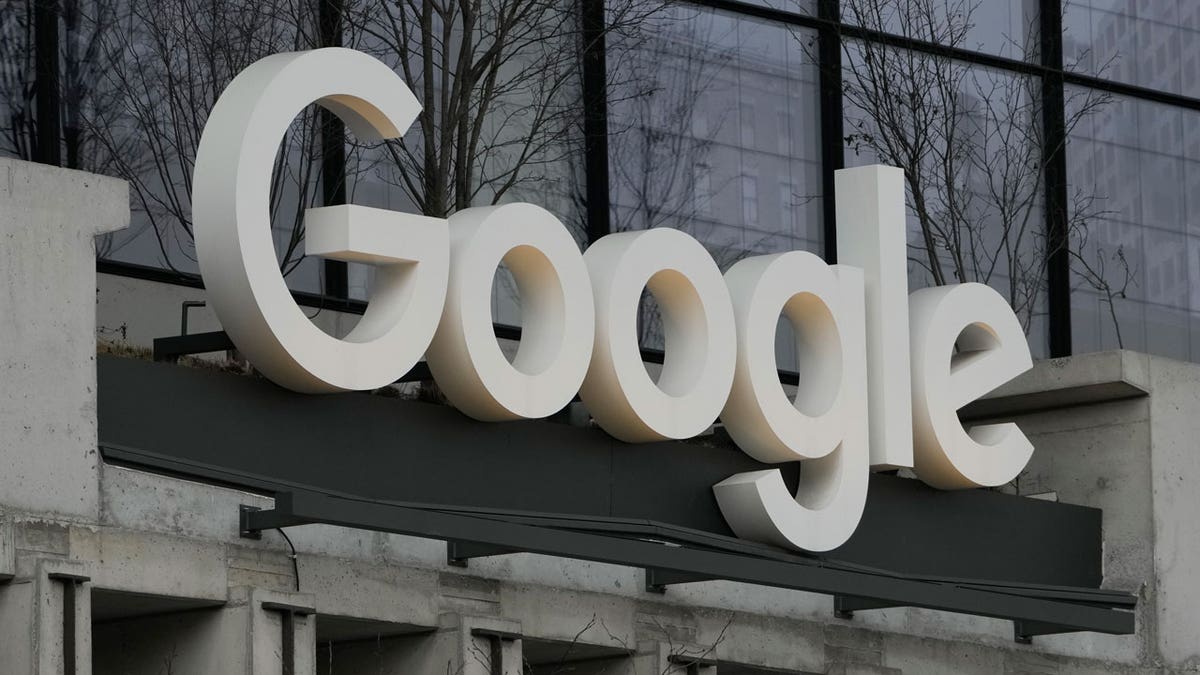Ahead of the Monday, April 8th solar eclipse, eye doctors are warning people not to look directly at the sun — which could lead to blindness and permanent eye damage.
“This can happen in less than a second from looking at the sun,” Dr. Matthew Gorski, M.D., an ophthalmologist with Northwell Health on Long Island, New York, told Fox News Digital in an interview.
Another expert echoed those potential dangers.
FOR SOLAR ECLIPSE SAFETY, HERE’S WHAT DRIVERS SHOULD NOT DO ON THE ROAD DURING THE RARE EVENT
“It is very possible that you can wind up with a permanent blind spot from viewing the eclipse without the appropriate protection,” Dr. Avnish Deobhakta, M.D., a vitreoretinal surgeon at New York Eye and Ear Infirmary of Mount Sinai in New York City, told Fox News Digital.
“The eclipse is a wondrous but also dangerous event,” he said. “And everyone must be vigilant during it.”
“It is very possible that you can wind up with a permanent blind spot from viewing the eclipse without the appropriate protection,” said one expert. Check out the proper preparation ahead of April 8. (Getty Images/iStock)
“The sun’s rays are extremely powerful, and can damage the part of the eye that takes up the light.”
In that case, the damage may be irreversible, Deobhakta warned.
Looking directly at the sun could lead to a rare type of retinal injury called solar retinopathy, experts say.
FOR SOLAR ECLIPSE ON APRIL 8, SOME US SCHOOLS WILL BE CLOSED FOR THE DAY
One case involved a young woman in her 20s who was viewing the solar eclipse in August 2017, according to a case study published in the Journal of the American Medical Association (JAMA).
“The woman viewed the solar rim several times for approximately six seconds without protective glasses and then again for approximately 15 to 20 seconds with a pair of eclipse glasses (unknown manufacturer). The peak obscuration of the sun’s area by the moon was approximately 70%,” the report stated.
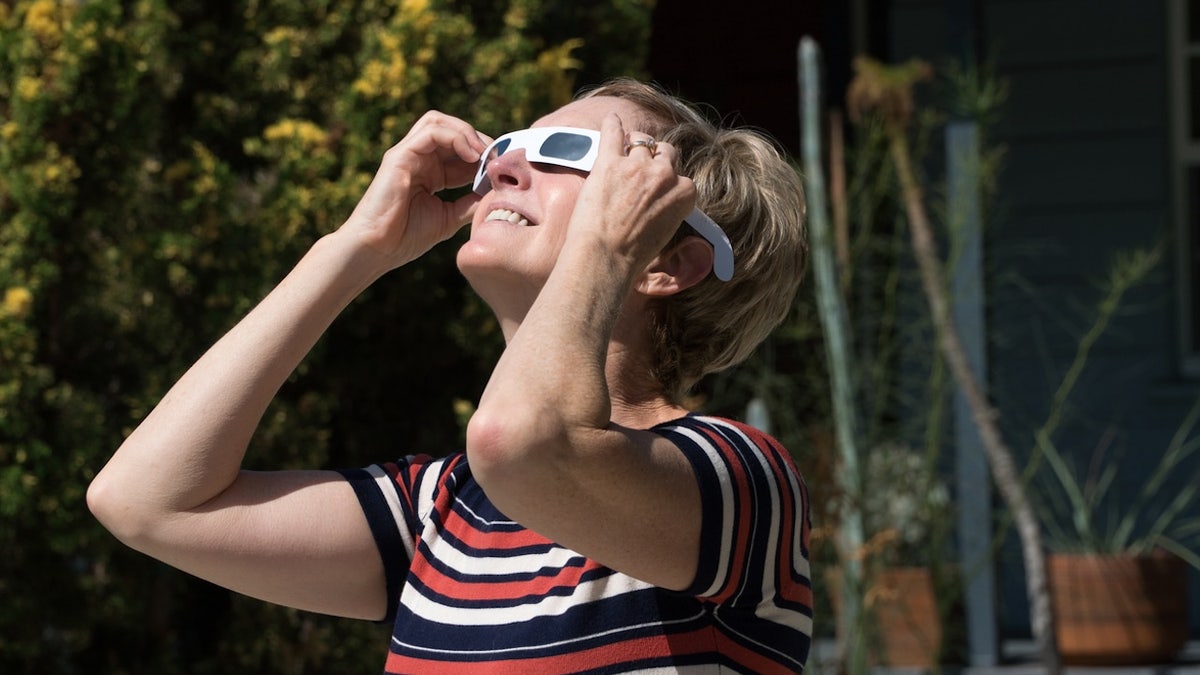
Permanent eye damage can happen “in less than a second from looking at the sun,” an optometrist warned. (iStock)
The woman began experiencing blurred and distorted vision and color distortion four hours later.
At the time, doctors at New York Eye and Ear Infirmary in New York City diagnosed her with solar retinopathy.
“It can happen in an instant,” Gorski told Fox News Digital during an interview.
“Solar retinopathy is a disease process that occurs when the super strong UV light rays from the sun damage the delicate structures of the retina inside the eye.”
Symptoms include blurry vision, blind spots, distortion, light sensitivity and headaches.
“It is very possible that you can wind up with a permanent blind spot from viewing the eclipse without the appropriate protection.”
In some cases, the symptoms may improve, the ophthalmologist noted.
“The bad news, however, is that oftentimes, the same symptoms can be permanent, including blindness,” Gorski said.
Anyone who develops symptoms should immediately see an eye doctor, he advised.
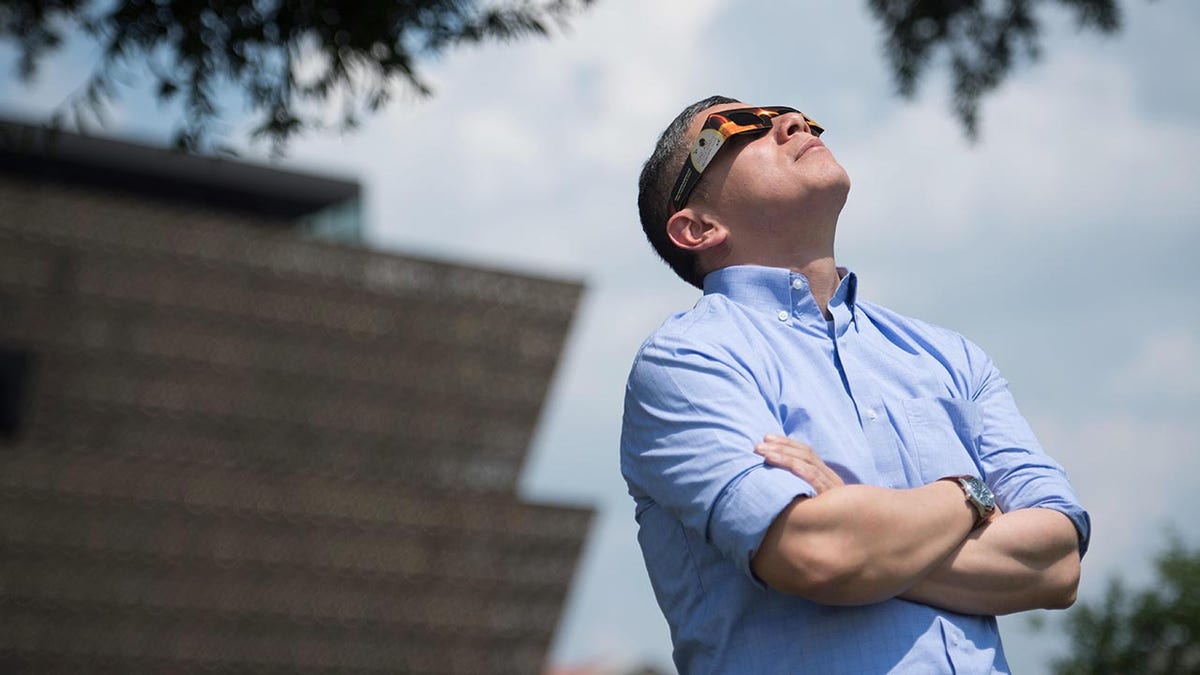
Dean Cabrera watches the solar eclipse in Washington, D.C., from the National Mall near the National Museum of African American History, on Aug. 21, 2017. (Jack Gruber/USA TODAY/Imagn)
Gorski stressed the importance of following best safety practices when viewing a solar eclipse, and to never look directly at the sun without wearing the proper eye protection.
“The only way to look at the sun is with those special solar eclipse glasses, or viewers, that carry the designation ISO12312-2,” he said.
SOLAR ECLIPSE 2024: WHERE AND HOW TO VIEW THE RARE ORBIT HITTING THE US
It is also important to buy solar eclipse glasses from a reputable vendor and to inspect the glasses for any scratches, damage or holes.
Children require special attention, Gorski cautioned.

A solar eclipse is photographed on Aug. 21, 2017, in Madras, Oregon. (ROB KERR/AFP via Getty Images)
“You have to know your child,” he said. “You have to make sure they are going to be responsible enough to properly wear the solar eclipse glasses … and that the glasses properly fit their faces.”
In general, whether or not there’s an eclipse, it’s never a good idea to look directly at the sun, Gorski told Fox News Digital.
Deobhakta reiterated the importance of purchasing the special ISO 12312-2 standard glasses from a verified vendor.
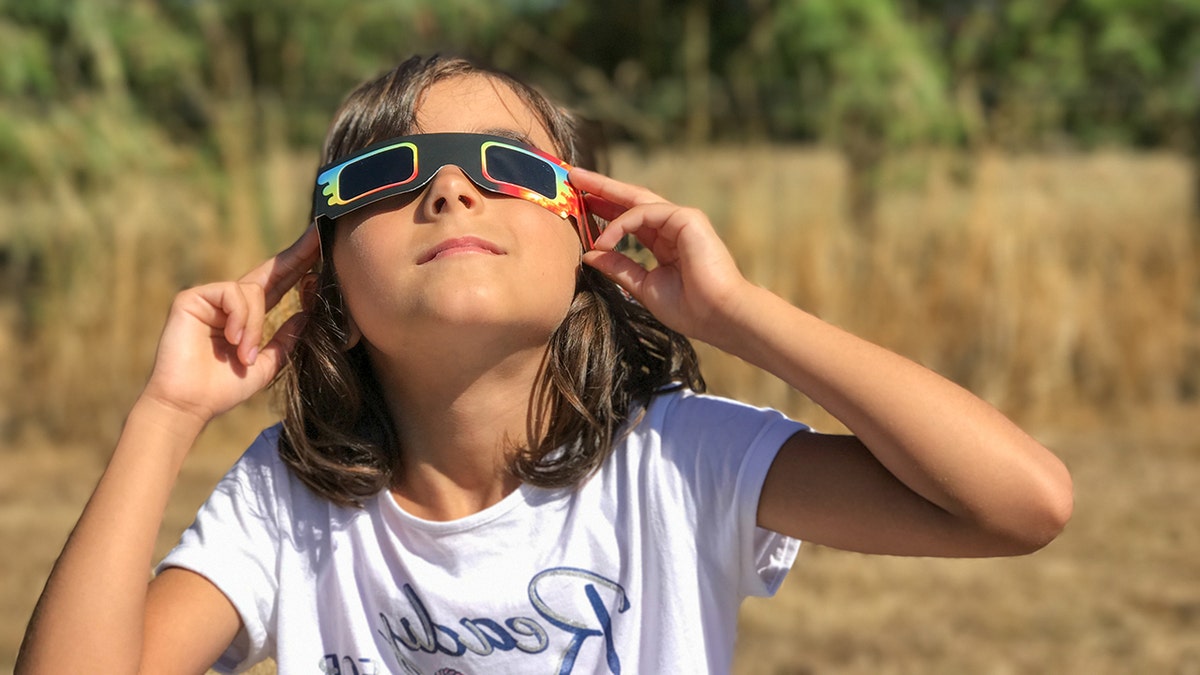
Parents and caregivers should ensure that children wear the appropriate solar eclipse glasses and that they fit properly, say experts. (iStock)
“Sunglasses that you might get at a store to wear on a regular day do not protect the eyes from the eclipse,” he said.
“The ones you need are much stronger.”
There are other ways to safely view the eclipse, Deobhakta mentioned.
CLICK HERE TO GET THE FOX NEWS APP
“One way is to use a method that indirectly looks at the rays via a projection, such as with a pinhole camera,” he said.
Ophthalmologists at New York Eye and Ear Infirmary issued an advisory that offered several safety tips, as included below.
7 safety tips to know ahead of the solar eclipse
1. Do not look directly at the sun or the sun’s rays during the eclipse without proper eye protection.
2. Only special-purpose solar filter sunglasses will protect your eyes.
3. Glasses filters must be up to international safety standards and labeled as “ISO 12312-2” compliant.
4. Be careful of counterfeits often sold online — seek out approved vendors listed by the American Astronomical Society.
CLICK HERE TO SIGN UP FOR OUR HEALTH NEWSLETTER
5. Do not use binoculars or special lenses that magnify the eclipse — these can focus the sun’s rays into the retina and cause damage.
6. It is safe to properly use a pinhole camera to view the eclipse.
7. If you record the eclipse on your phone, do not look at the screen while it’s recording and watch the video later.
For more Health articles, visit www.foxnews/health.


